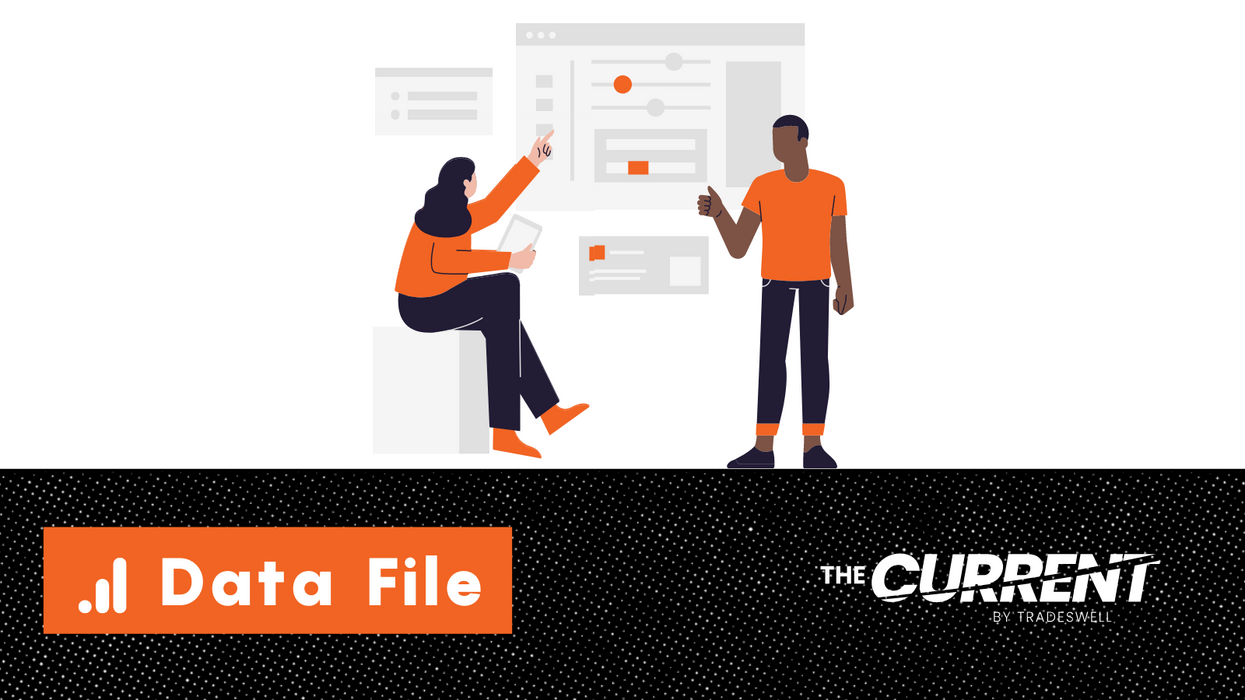Economy
05 October 2022
Study: Consumers think food inflation is higher than it really is
The findings from dunnhumby underscore how perception and reality play a role in consumer behavior.

The findings from dunnhumby underscore how perception and reality play a role in consumer behavior.

Consumer behavior can be just as much about perception as it is about data. If there’s a general sense that prices are high or that a downturn has taken hold, consumers could adjust accordingly to account for what’s on the horizon.
This relationship showed up in the recent Consumer Trends Tracker from dunnhumby. The survey of 2,000 US shoppers found that many people believed the inflation for a category of food that includes groceries was higher than it actually is.
According to dunnhumby, Americans believe food at home inflation has hit 22.8%. That’s 9.7 points higher than the 13.1% annual rate that was reported in the most recent Consumer Price Index from the US Bureau of Labor Statistics. This perceived rate is also 5.1% higher than it was in February 2022, conducted just after Russia invaded Ukraine.
Food-at-home inflation is a key measure since it includes the regular food that people purchase for day-to-day consumption. Alongside gas, high food prices have been one of the main contributors to this year’s 40-year-high spike in inflation. In recent months, inflation for food has remained elevated across both the overall economy and in ecommerce, even as gas has started to fall.
Along with this gulf in perception, dunnhumby found that behavior has started to change. Other grocery-focused findings of the study state the following:

To be sure, no matter what the perception indicates, it’s true that inflation is elevated. So it could be argued that consumers are responding rationally to that. But what consumers believe to be the case may also influence the degree to which they change behavior. In other words, if they think things are worse, they may take more drastic steps.Given the signs that are emerging, consumers could soon be factoring an economic downturn into their choices. The dunnhumby findings come as the Federal Reserve has raised interest rates at three consecutive meetings, and is warning of “some pain” ahead. JOLTs data from the US Labor Department issued Tuesday showed that job openings fell to their lowest level in 2.5 years in August, offering one sign that a hot labor market could be cooling off. Just like businesses, consumers will be taking in this data, and adjusting accordingly.
Campbell Soup Company CEO Mark Clouse offered thoughts on messaging amid inflationary shifts in consumer behavior.
After months of elevated inflation and interest rate hikes that have the potential to cool demand, consumers are showing more signs of shifting behavior.
It’s showing up in retail sales data, but there’s also evidence in the observations of the brands responsible for grocery store staples.
The latest example came this week from Campbell Soup Company. CEO Mark Clouse told analysts that the consumer continues to be “resilient” despite continued price increases on food, but found that “consumers are beginning to feel that pressure” as time goes on.
This shows up in the categories they are buying. Overall, Clouse said Campbell sees a shift toward shelf-stable items, and away from more expensive prepared foods.
There is also change in when they make purchases. People are buying more at the beginning of the month. That’s because they are stretching paychecks as long as possible.
These shifts change how the company is communicating with consumers.
Clouse said the changes in behavior are an opportunity to “focus on value within our messaging without necessarily having to chase pricing all the way down.”
“No question that it's important that we protect affordability and that we make that relevant in the categories that we're in," Clouse said. "But I also think there's a lot of ways to frame value in different ways, right?”
A meal cooked with condensed soup may be cheaper than picking up a frozen item or ordering out. Consumers just need a reminder. Even within Campbell’s own portfolio, the company can elevate brands that have more value now, even if they may not always get the limelight.
The open question is whether the shift in behavior will begin to show up in the results of the companies that have raised prices. Campbell’s overall net sales grew 5% for the quarter ended April 30, while gross profit margins held steady around 30%. But the category-level results were more uneven. U.S. soup sales declined 11%, though the company said that was owed to comparisons with the quarter when supply chains reopened a year ago and expressed confidence that the category is seeing a longer-term resurgence as more people cook at home following the pandemic. Snacks, which includes Goldfish and Pepperidge Farm, were up 12% And while net sales increased overall, the amount of products people are buying is declining. Volumes were down 7%.
These are trends happening across the grocery store. Campbell is continuing to compete. It is leading with iconic brands, and a host of different ways to consume them. It is following that up with innovation that makes the products stand out. Then, it is driving home messaging that shows consumers how to fit the products into their lives, and even their tightening spending plans.
Campbell Soup is more than 150 years old, and has seen plenty of difficult economic environments. It is also a different business today, and will continue to evolve. At the end of the day, continued execution is what’s required.
“If it's good food, people are going to buy it, especially if it's a great value,” Clouse said.